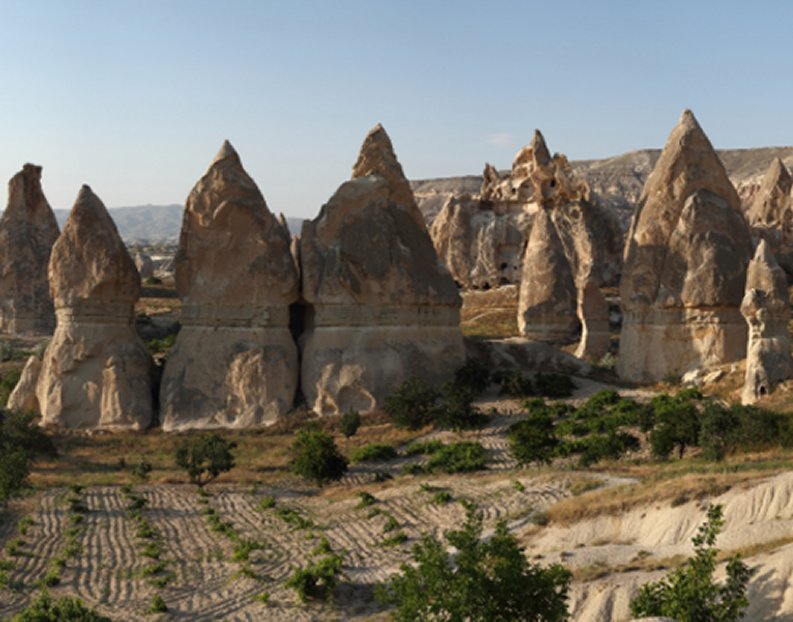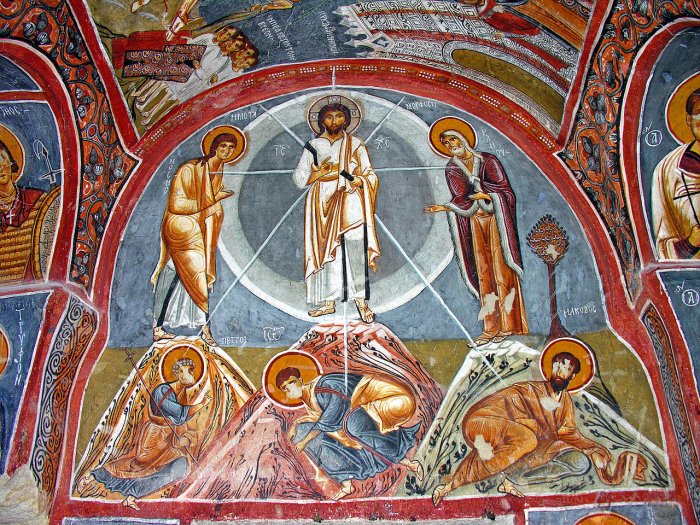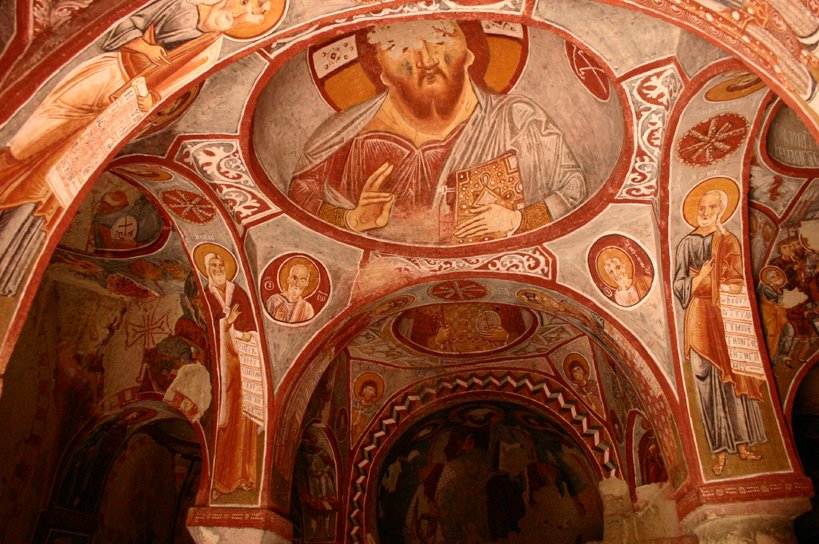Forgotten Richly Decorated Rock-Cut Cave Churches Of Goreme And Cappadocia
A. Sutherland - AncientPages.com - Goreme (Göreme), located among the “fairy chimney” rock formations, is a town in Cappadocia, a historical region of Turkey. It is in the Nevsehir Province, Central Anatolia famous for its labyrinth of tunnels, largest and most complex underground city in the world.
Panoramic view of the Fairy Chimneys in Göreme National Park. Image source
After a volcanic eruption about 2000 years ago, lava formed soft rocks in Goreme and Cappadocia Region, in Turkey.
The softer rock was eroded away by wind and water, leaving the hard cap rock on top of pillars, forming the present-day fairy chimneys.
In the 4th century, small communities of people who preferred to live alone and away from other people for religious reasons began to carve cells in the soft rock in the region, acting on the instruction of Saint Basil of Caesarea, known for his care of the poor and underprivileged. During the iconoclastic period (725-842) that began with the rule of Byzantine Emperor Leo III, the decoration of these sanctuaries had only sparse symbolic decoration, such as the depiction of the Christian cross.
After this period, new churches were dug into the rocks, and they were richly decorated with colorful frescoes depicting Scenes from the Bible.
Karanlık (dark) Church, only one window lights the interior. Image credit: Dennis Jarvis - CC BY-SA 2.0
People of Goreme, at the heart of the Cappadocia Region, realized that these soft rocks could be easily carved out to form houses, churches and monasteries, and even entire underground cities. Most impressive Byzantine frescoes were created with a 10th-century mural technique where metallic paint is melted in lime water and then plastered on rock ceilings or walls.
There are as many as 600 churches made out of the soft rock that dots the Cappadocia landscape, but there may well be many more yet to be unearthed.
There are 30 rock-carved churches and chapels with beautiful frescoes from the 9th and 11th centuries that include "St. George Who Fought the Dragon," "The Last Supper," "The portrayal of Jesus Christ and the Virgin Mary," and "The Birth of Jesus Christ" as well as depictions of saints of the region.
Rock Chapel Goreme, Turkey. Image credit: RE Hawkins - CC BY-SA 3.0
One of the most interesting rock structures is the so-called 'nunnery' that contains six or seven floors, with an old dining hall, rooms and kitchen, and the ruined chapel. The church on the third story of the nunnery, having the shape of a cross was built with a dome with four columns and three apses. The different levels of the monastery had connected by tunnels and "millstone doors" that could immediately close off tunnels in times of danger.
The best-known rock-cut churches are the ones at Goreme Village, but there are more with strong Egyptian and local influences with very interesting names such as Sandal, Snake, and Apple.
Many churches are beautifully decorated in a variety of motifs displaying mythological animals, geometrical patterns, and military symbols. The walls also have motifs resembling stonework. The frescoes are narrating scenes from the Bible and the life of Christ, the Hospitality of Abraham, and Three Hebrew Youths.
Written by – A. Sutherland - AncientPages.com Senior Staff Writer
Copyright © AncientPages.com All rights reserved. This material may not be published, broadcast, rewritten or redistributed in whole or part without the express written permission of AncientPages.com
Expand for referencesMore From Ancient Pages
-
 Stone Age People Used Human Bones For Making Pendants
Archaeology | Jul 6, 2022
Stone Age People Used Human Bones For Making Pendants
Archaeology | Jul 6, 2022 -
 Ancus Marcius: Semi-Legendary Fourth King Of Rome Obliged To Make War To Defend And Expend Territories
Featured Stories | Jul 12, 2019
Ancus Marcius: Semi-Legendary Fourth King Of Rome Obliged To Make War To Defend And Expend Territories
Featured Stories | Jul 12, 2019 -
 Beer And Hallucinogens Reinforced The State Of The Wari Culture
Archaeology | Jan 15, 2022
Beer And Hallucinogens Reinforced The State Of The Wari Culture
Archaeology | Jan 15, 2022 -
 Cosmic Rays Reveal Mysterious Void Inside Great Pyramid – What’s Hiding Inside?
Archaeology | Nov 2, 2017
Cosmic Rays Reveal Mysterious Void Inside Great Pyramid – What’s Hiding Inside?
Archaeology | Nov 2, 2017 -
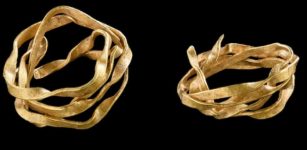 Gold Spiral In Early Bronze Age Grave – Unearthed
Archaeology | Jun 1, 2021
Gold Spiral In Early Bronze Age Grave – Unearthed
Archaeology | Jun 1, 2021 -
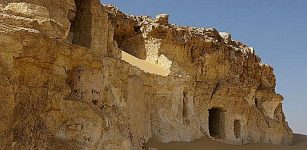 Ancient Mummy Of ‘Hatason’: Woman Who Died In Egypt More Than 3,000 Years Ago – Stanford Radiologists Investigate
Archaeology | Dec 2, 2015
Ancient Mummy Of ‘Hatason’: Woman Who Died In Egypt More Than 3,000 Years Ago – Stanford Radiologists Investigate
Archaeology | Dec 2, 2015 -
 Strange Ancient Mechanical Flying Animals – Myths Or Advanced Ancient Technology? – Part 1
Ancient Mysteries | Mar 25, 2020
Strange Ancient Mechanical Flying Animals – Myths Or Advanced Ancient Technology? – Part 1
Ancient Mysteries | Mar 25, 2020 -
 Mongol Empire: Rise And Fall Of One The World’s Largest And Fearsome Empires
Featured Stories | Mar 26, 2021
Mongol Empire: Rise And Fall Of One The World’s Largest And Fearsome Empires
Featured Stories | Mar 26, 2021 -
 Wreckage From Famous Warships Explored In 3D On Anniversary Of Sinking
Archaeology | Nov 22, 2022
Wreckage From Famous Warships Explored In 3D On Anniversary Of Sinking
Archaeology | Nov 22, 2022 -
 Early Humans Were Probably Driven To Extinction By Climate Change- Study Suggests
Civilizations | Oct 15, 2020
Early Humans Were Probably Driven To Extinction By Climate Change- Study Suggests
Civilizations | Oct 15, 2020 -
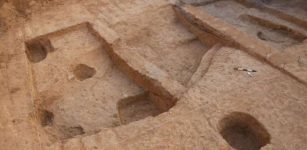 6,500-Year-Old Copper Workshop Unearthed In Negev Desert
Archaeology | Oct 6, 2020
6,500-Year-Old Copper Workshop Unearthed In Negev Desert
Archaeology | Oct 6, 2020 -
 Kuthodaw Pagoda – ‘The World’s Largest Book’ Carved In 729 Marble Slabs
Featured Stories | Feb 24, 2018
Kuthodaw Pagoda – ‘The World’s Largest Book’ Carved In 729 Marble Slabs
Featured Stories | Feb 24, 2018 -
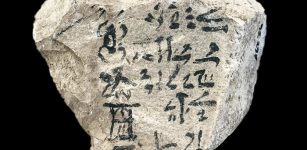 Earliest Version Of Our Alphabet Possibly Discovered
Archaeology | May 17, 2018
Earliest Version Of Our Alphabet Possibly Discovered
Archaeology | May 17, 2018 -
 Did Ancient Seafarers In Southeast Asia Build Sophisticated Boats As Far Back As 40,000 Years Ago?
Archaeology | Feb 24, 2025
Did Ancient Seafarers In Southeast Asia Build Sophisticated Boats As Far Back As 40,000 Years Ago?
Archaeology | Feb 24, 2025 -
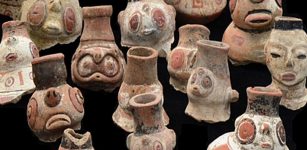 Ancient DNA Tells Story Of Caribbean’s Early Humans
Archaeology | Dec 28, 2020
Ancient DNA Tells Story Of Caribbean’s Early Humans
Archaeology | Dec 28, 2020 -
 God Loki – Trickster, Elusive And Fascinating Member Of The Norse Pantheon
Featured Stories | Sep 14, 2017
God Loki – Trickster, Elusive And Fascinating Member Of The Norse Pantheon
Featured Stories | Sep 14, 2017 -
 Smallest Arm Bone In Human Fossil Record Illuminates Homo Floresiensis Origin
Archaeology | Aug 7, 2024
Smallest Arm Bone In Human Fossil Record Illuminates Homo Floresiensis Origin
Archaeology | Aug 7, 2024 -
 New Study Questions Claims Homo Naledi Was Advanced
Evolution | Nov 13, 2023
New Study Questions Claims Homo Naledi Was Advanced
Evolution | Nov 13, 2023 -
 Unexpected Substance Found In Ancient Maya City May Have Arrived Through Distant Trade
Archaeology | Dec 2, 2024
Unexpected Substance Found In Ancient Maya City May Have Arrived Through Distant Trade
Archaeology | Dec 2, 2024 -
 Gona, Ethiopia Discovery: Smallest ‘Homo Erectus’ Cranium In Africa And Stone Tools – Unearthed
Archaeology | Mar 5, 2020
Gona, Ethiopia Discovery: Smallest ‘Homo Erectus’ Cranium In Africa And Stone Tools – Unearthed
Archaeology | Mar 5, 2020

